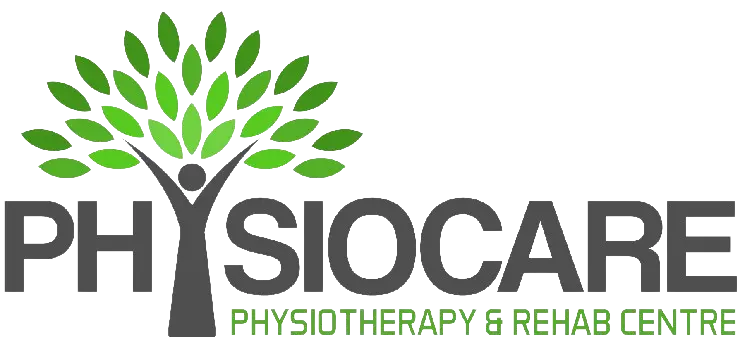
Introduction: What’s Best for Your Muscles – Foam Rolling or Stretching?
Many athletes ask, “Should I foam roll, stretch, or both?” At Physiocare Physiotherapy & Rehab Center, this is one of the most common questions we hear. Both foam rolling and stretching can improve flexibility, reduce soreness, and prevent injuries. However, the real difference lies in when and how you use them. Let’s explore the science behind each method and how combining them can help you perform at your best.
What Is Foam Rolling?
Foam rolling is a self-massage technique known as Self-Myofascial Release (SMR). It helps relax tight muscles and fascia — the connective tissue around muscles. When you apply gentle pressure with a foam roller, it releases tension, enhances blood flow, and improves mobility.
Benefits of Foam Rolling
- Reduces muscle soreness after exercise
- Improves short-term flexibility and movement
- Boosts circulation to help muscle recovery
- Aids in post-training relaxation
Research Insight: Studies show that foam rolling after a workout reduces delayed onset muscle soreness (DOMS) and improves range of motion without affecting strength (Cheatham et al., 2015; Healey et al., 2014).
Stretching: The Classic Way to Stay Flexible
Stretching improves muscle balance, flexibility, and posture. It helps athletes move freely and safely during workouts or sports. There are two types of stretching:
- Dynamic Stretching: Active movements to warm up muscles before a workout.
- Static Stretching: Holding a stretch for 20–60 seconds — ideal after exercise to cool down.
Benefits of Stretching
- Improves long-term flexibility
- Prevents injuries
- Enhances posture and joint mobility
- Promotes muscle recovery and relaxation
Study Insight: Research shows dynamic stretching before activity improves performance, while static stretching afterward supports flexibility and recovery (Behm & Chaouachi, 2011).
Foam Rolling vs. Stretching: Which Is More Effective?
Both techniques play vital roles in recovery and performance. Here’s a quick comparison:
Situation | Foam Rolling | Stretching |
Before Exercise | ✅ Loosens tight muscles | ✅ Use dynamic stretches |
After Exercise | ✅ Reduces soreness | ✅ Ideal time for static stretching |
Flexibility | ⚠️ Temporary improvement | ✅ Long-term improvement |
Tension Release | ✅ Targets specific tight spots | ⚠️ More general relaxation |
Did You Know? A 2020 study in the Journal of Sports Science & Medicine found that combining foam rolling and stretching provides better mobility than doing either alone.
The Ideal Recovery Routine for Every Athlete
Before Workout
- Foam roll for 30–60 seconds per muscle group, especially tight areas
- Follow with dynamic stretches like leg swings or walking lunges
After Workout
- Foam roll again to relieve tension and boost recovery
- End with static stretches to relax and lengthen muscles
This simple routine supports better flexibility, recovery, and injury prevention — core goals in physiotherapy in Ottawa for athletes.
Expert Care from Physiocare Physiotherapy & Rehab Center
Every athlete’s body reacts differently to training. That’s why Physiocare offers personalized mobility and recovery plans designed by licensed physiotherapists. Our experts assess your posture, movement, and flexibility to create a plan tailored to your sport and body type.
If you’re serious about improving performance, preventing injuries, and optimizing recovery, our physiotherapy for athletes programs are designed to help you move better and stay pain-free.
Book your appointment today with Physiocare Physiotherapy & Rehab Center and get expert guidance on the best stretching and foam rolling techniques for your sport.
Conclusion:
Foam rolling and stretching are not rivals — they complement each other. Foam rolling improves short-term mobility and recovery, while stretching enhances long-term flexibility. With expert guidance from Physiocare, athletes can combine both effectively for peak performance and injury prevention.
References:
- Cheatham SW et al. (2015). J Bodyw Mov Ther.
- Healey KC et al. (2014). J Strength Cond Res.
- Behm DG, Chaouachi A. (2011). Eur J Appl Physiol.
- Konrad A et al. (2020). J Sports Sci Med.

Prateeksha Viradiya
Certified in Pelvic Floor, Acupuncture, Certified ROST Therapist | RAPID Treatment Specialist at Physiocare Physiotherapy and Rehab Centre
View Full Bio
Subscribe To Our Newsletter
Your health is our priority, and we’re committed to partnering with you to achieve your optimal wellness.

